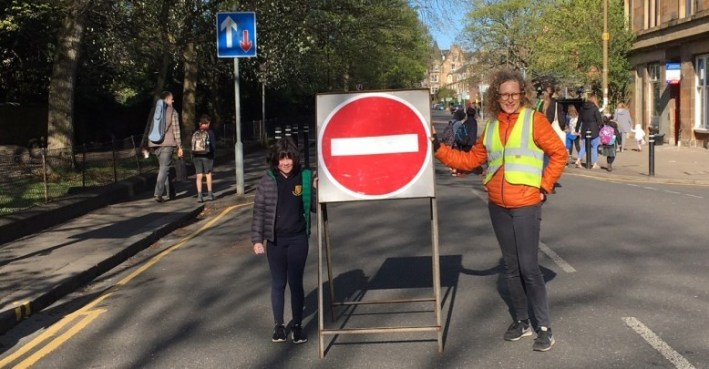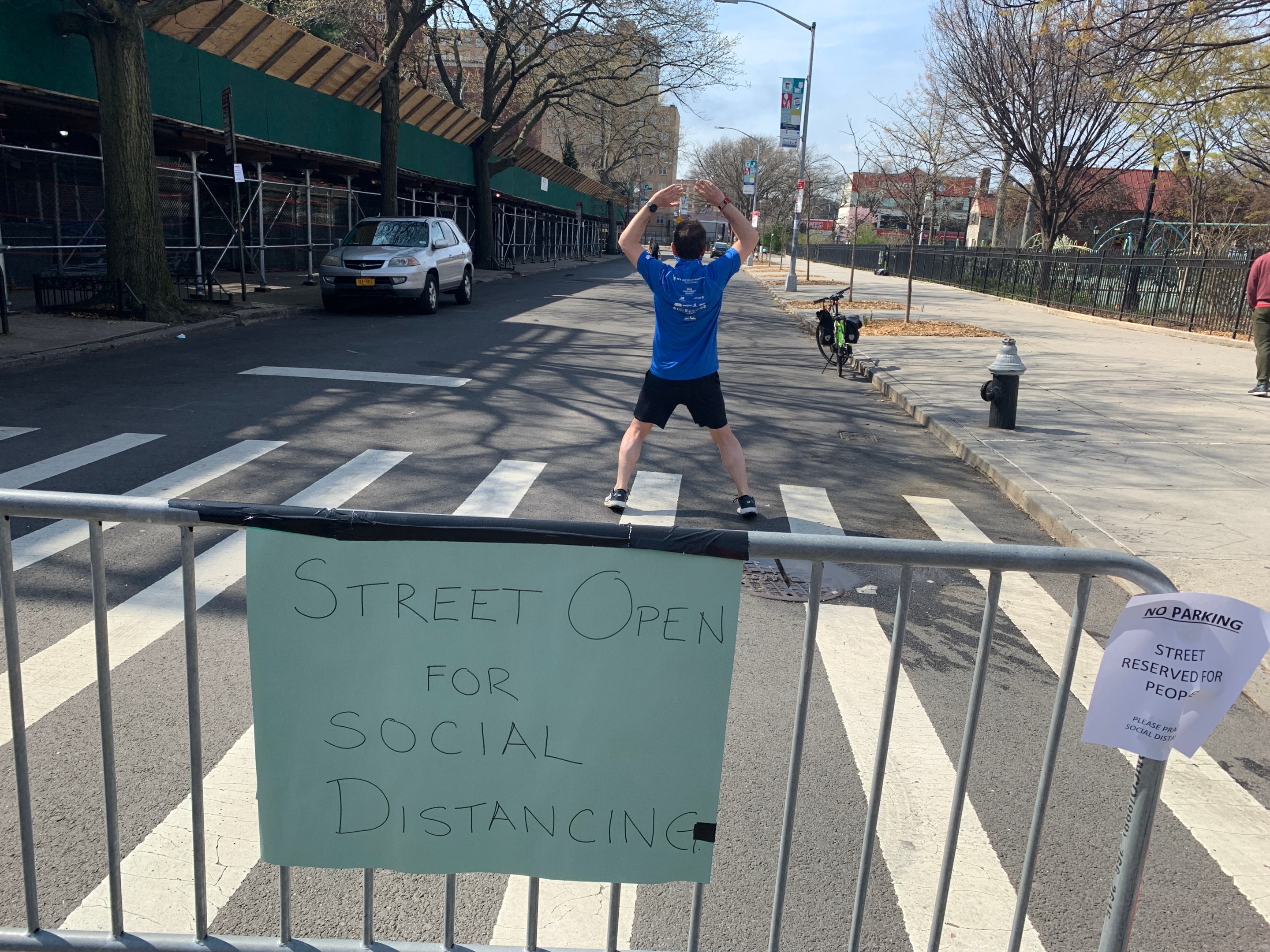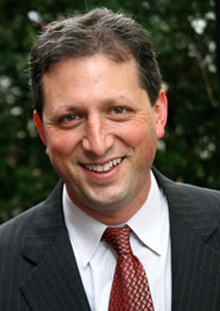The Department of Transportation moved quickly this summer to open streets for restaurants' use around the city — providing businesses with a simple application to request street space and creating a program that has been a lifeline for many during the coronavirus pandemic. Now, the DOT must do the same for schools: make it easy for individual schools to use nearby streets as space for learning and essential activities.
In a few short months, we’ve gained valuable experience with open streets that can help us operate a successful program. Open streets work best when they are maintained, whether by community members, organizations, or city staff. Schools will have to take that on. I’ve heard from many schools in my district and around the city that they are willing to take on this responsibility in exchange for the benefit of access to outdoor space. We can work together to assist schools that find it more challenging.
We probably can't move the whole school year outdoors, and I’m not expecting the Department of Education to pivot to a new outdoor-learning model. But bad weather isn’t a good reason not to make use of the many days that it will be possible to hold some classes outside, allow kids to run around during lunch, and expand the footprint of our schools to make learning safer in this unprecedented situation.
Even with so much unknown about the coronavirus, one thing has become clear to health experts: Being outdoors greatly reduces the risk of transmission. Outdoor schooling confers many social and emotional benefits, too.
Opening some streets during school hours for recess, and others on a more permanent basis to allow for outdoor tents, is not too much to ask of communities. Not all streets lend themselves to such activities, because we must be mindful of bus routes, bike lanes, sanitation, and emergency vehicle needs. But with cooperation from the DOT, many side streets near schools could be used for recreation, lunch and even outdoor classrooms.
We should also look beyond streets, and use our city’s parks to help schools bring students and teachers together in person. But, in order to make this work, schools need the backing of the DOE — and the cooperation of the DOT and Parks Department — to obtain the permits, permissions and gear to go outside on a longer-term basis than a typical field trip.
Schools may use outdoor space differently. Some have turned their cafeterias into socially distanced classrooms, using every inch of their buildings to enable as many students as possible to attend in person. Those may want some classes to eat lunch outside, rather than spend the entire day at their desks. Other schools may want only a little more space for recreation or after-school activities. Still others may want to set up tents and bring some desks outside, or to embrace outdoor education, bringing students into parks for scientific observation or descriptive writing exercises.

Given the deep inequities that exist in our schools, we know that some schools will have more resources than others to buy or rent tents, recruit parent volunteers to help maintain open spaces, or overcome inertia and uncertainty given their many challenges. But a citywide system that enables schools to request closed streets, makes it easier to get permits for parks, and shared funding from schools with PTAs that can afford tents and gear, would go a long way to making access to outdoor space more equitable.

Our schools are in great need of more resources in order to open safely, successfully, and equitably in a few short weeks. That was certainly true before the pandemic — and more federal and state funding is desperately needed now to enable an adjustment to new modes of learning, make classrooms safer, and ensure access to technology for all students. The city must put all hands on deck to make the best possible use of the resources we have: public streets and parks. The open streets and restaurants program opened a window into the possibilities when we think creatively about our public space, and their success should be taken as a mandate to do more.
Our streets and parks can and must become places of learning, connection, and play that our children so desperately need after months of being at home.
Brad Lander represents Cobble Hill, Carroll Gardens, Gowanus, Park Slope, Windsor Terrace, Kensington and parts of Borough Park in the City Council. Lander is hosting a town-hall meeting on Aug. 6 at 7 p.m. to strategize with parents and educators about using outdoor space for schools. Sign up here to attend.







